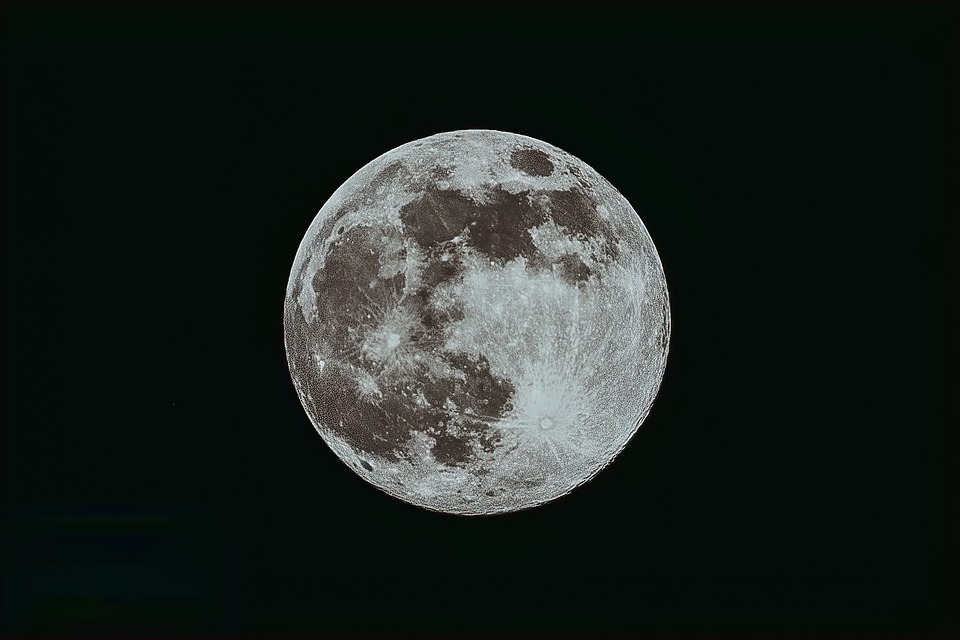The Moon’s Lunar Cycle Explained: How This Ancient Ritual Still Influences Our Daily Lives
The moon has been a constant presence in our lives for centuries, its lunar cycle governing the tides, the agricultural seasons, and even our emotions. From ancient civilizations to modern times, the moon’s cycles have been a source of fascination, inspiration, and sometimes, fear. In this article, we’ll delve into the magic of the lunar cycle, exploring its history, science, and impact on our daily lives.
The Lunar Cycle: A Never-Ending Dance
The lunar cycle, also known as the synodic month, is the time it takes the moon to complete one orbit around the Earth. This 29.5-day journey is divided into eight distinct phases, each with its own unique characteristics and energies.
- New Moon: The beginning of the lunar cycle, when the moon is positioned between the Earth and the sun, making it invisible from our planet.
- Waxing Crescent: As the moon moves away from the sun, it begins to appear in the western sky, gradually increasing in brightness.
- First Quarter: The moon is half-illuminated, with the right half visible from Earth.
- Waxing Gibbous: The moon continues to grow, appearing larger and fuller in the sky.
- Full Moon: The entire face of the moon is illuminated, with the Earth positioned between the sun and the moon.
- Waning Gibbous: The moon begins to decrease in size and brightness as it moves away from full illumination.
- Last Quarter: The left half of the moon is now illuminated, with the right half in shadow.
- Waning Crescent: The final phase, where the moon appears as a thin crescent in the eastern sky, eventually disappearing from view.
The Science Behind the Lunar Cycle
The lunar cycle is driven by the gravitational interactions between the Earth, moon, and sun. The moon’s orbit is elliptical, causing its distance from Earth to vary throughout the month. This variation affects the strength of the gravitational pull, resulting in slightly different tidal patterns and lunar cycles.
The Ancient Ritual
The lunar cycle has been a sacred and revered phenomenon across cultures and civilizations. Ancient societies recognized the cyclical nature of life, death, and rebirth, reflected in the moon’s constant transformation. Many cultures believed the moon’s phases influenced their daily lives, from agricultural cycles to personal growth and spiritual development.
Influence on Our Daily Lives
Despite the passing of time, the lunar cycle still has a profound impact on our daily lives. Here are a few examples:
- Sleep and Energy: Research suggests that the full moon can affect our sleep patterns, energy levels, and emotional states.
- Tides and Navigation: The lunar cycle still governs the ocean’s tides, crucial for sailors, fishermen, and coastal communities.
- Cycles of Life: The lunar cycle can influence our personal growth, creative pursuits, and emotional well-being, echoing the ancient rituals and myths.
- Weather Patterns: Some studies suggest that the lunar cycle can affect weather patterns, with full moons often coinciding with increased storm activity.
FAQs
Q: Why does the lunar cycle take 29.5 days to complete?
A: The lunar cycle is influenced by the gravitational interactions between the Earth, moon, and sun, which causes the moon’s orbit to take approximately 29.5 days to complete.
Q: Can the full moon affect my mood or energy levels?
A: Research suggests that the full moon can affect our sleep patterns, energy levels, and emotional states, but individual experiences vary.
Q: How does the lunar cycle impact my daily routine?
A: The lunar cycle can influence your personal growth, creative pursuits, and emotional well-being. You may find that certain phases are more conducive to certain activities or moods.
Q: Can I use the lunar cycle to plan my daily activities?
A: Yes! Many people use the lunar cycle to plan their daily activities, from setting goals and intentions to scheduling appointments and tasks.
Image
[Image: A stunning photo of the full moon rising over a serene landscape, with the title "The Moon’s Lunar Cycle Explained" and a tagline "How This Ancient Ritual Still Influences Our Daily Lives"]
In conclusion, the lunar cycle is a fascinating and enduring phenomenon that continues to captivate and inspire us. By understanding the science behind the lunar cycle and its ancient ritual, we can gain a deeper appreciation for the natural world and our place within it.


